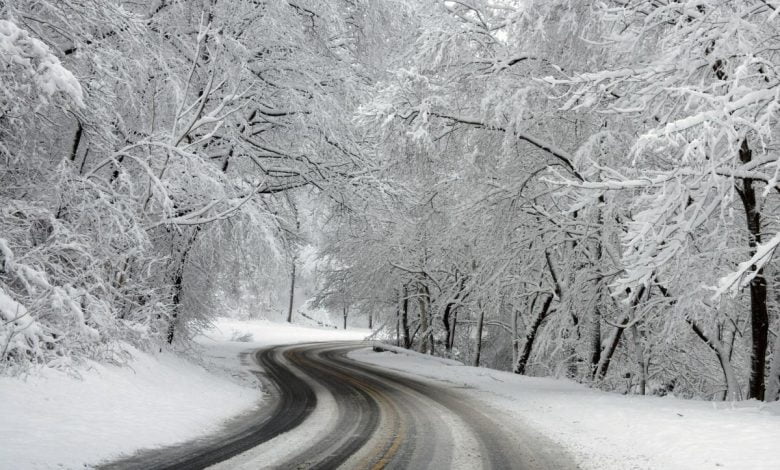Phanerozoic microcontinent

Phanerozoic microcontinent
The current geological structure of the Arctic Region is the result of tectonic processes during the Mesozoic and Cenozoic (250 Ma to present) when the Amerasian and Eurasian basins formed, but the presence of Precambrian metamorphic complexes discovered in the 1980s indicated a continent once existed between Laurentia, Baltica, and Siberia.[11]
In the reconstruction of Metelkin, Vernikovsky & Matushkin 2015, Arctica originally formed as a continent during the Tonian 950 Ma and became part of the supercontinent Rodinia. It reformed during the Permian-Triassic 255 Ma and became part of Pangaea. During this period the configuration of Arctica changed and the continent moved from near the Equator to near the North Pole while keeping its position between three major cratons: Laurentia, Baltica, and Siberia.[1][12] An extended magmatic event, the High Arctic Large Igneous Province, broke Arctica in part 130–90 Ma, opened the Arctic Ocean, and left radiating dyke swarms across the Arctic.[13]
Fragments of this continent include the Kara Shelf, New Siberian Islands, northern Alaska, Chukotka Peninsula, Inuit Fold Belt in northern Greenland, and two Arctic underwater ridges, the Lomonosov and Alpha-Mendeleev Ridges. More recent reconstructions also include Barentsia (including Svalbard and Timan-Pechora Plates).[11] Remains of the last continent are now located on the Kara Sea Shelf, New Siberian Islands and adjacent shelf, Alaska north of Brooks Ridge, Chukchi Peninsula in easternmost Siberia, and fragments in northern Greenland and Northern Canada and in the submerged Lomonosov Ridge.[14]
